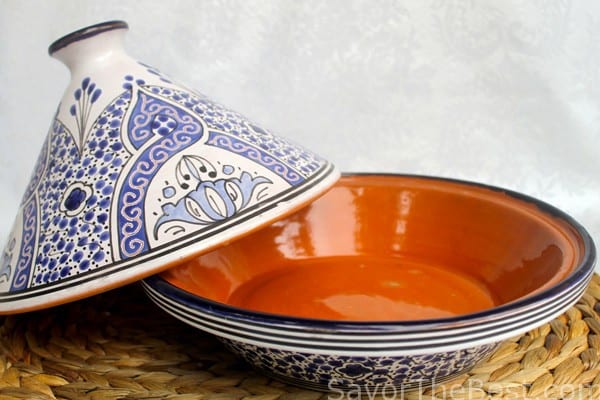Much like in Marrakech, the center of
Fes is the Medina or the old city. There is a wall around the Medina
that has been there for about 1,000 years. And in both cities, there
are holes in the walls where wooden planks could have been placed to
form scaffolding for building and repairs. But the two are by no
means identical. The Medina of Fes is larger than that of Marrakech,
and of course, has a longer wall. The wall in Fes has crenelations,
whereas in Marrakech it is a flat top.
Tourists are warned that they can
easily get lost in the Medina of Marrakech. But that of Fes is much
larger with more twisting alleys. If you want to get lost because
that is your style of exploration, well, you can easily do so in Fes.
Another huge difference, Marrakech is basically level. There is a
slight grade to some of the alleys, but not much. But Fes is built on
top of hills. You are continually heading up or down stairs or hills.
 |
| The staggered buildings of the Fes Medina |
Marrakech is much more tourist oriented
than Fes. The main square, the Jema El Fnaa is large and filled with
so many places selling juice, dry fruit, henna tattoos, and souks
along the side selling everything else. Plus at night, the crowd
doubles and the shops do too. Restaurants are built out of benches
and metal shells. Carts appear selling snail soup. And men walk
around with rolling carts/tables and selling pastries or candies or
nuts or doughnuts.
Fes is certainly friendly to tourists,
but it isn't built with the same atmosphere. In Fes, we saw many more
family groups or groups of teens about in the streets of the Medina.
People stopped and chatted as they bought their daily necessities.
And there were far fewer tourists about.
Both cities have their artisans of
various sorts. And it is amazing to see them work. But what is unique
to Fes is the tannery. Here leather is tanned and dyed in giant pits.
These tannery pits are not used in winter. That is the time for
renovations to be done on them. So while we got to see them, no one
was actively dyeing anything with them at the time. We could
certainly see some pits that were tinged with pink or blue from the
dyes that must be in them in the part of the year in which they are a
going concern.
 |
| Can you see some leftover color in some of the pits? |
 |
| Another side of the tannery |
From what we are told and we read, what
happens in other times of the year is that men work in the tannery.
They pour the various chemical or stones in to make the colors they
want. Then they climb into the pit (which is easily three feet or
more deep) and they walk around in circles to mix the dye. It is also
supposed to smell quite strongly.
 |
| Pits stacked one atop the other |
In both Marrakech and Fes, that central
Medina is surrounded by the New City. This is a much more modern
city, similar to western cities, but with an Arabic or Moorish
architectural style. In Marrakech, we stayed outside of New Town in
an apartment, because we were staying for a month. In Fes, we stayed
in a Riad in the Medina itself. It was one of the old houses of the
Medina which had been converted into a hostel of sorts. Ours was
called Riad Mikou and we loved it.
There is a large royal palace in Fes,
and the King of Morocco does spend some of his time there. He
apparently travels between palaces in Fes, Tangiers, and Rabat.
At one time, Fes was the capital of the
kingdom, and the capital of trade and industry. It was the place for
traveling merchants to trade in their goods. Those who traveled
through Africa by camel or through Asia by foot, they all collected
in Fes to sell their goods to those who would bring them to Europe or
the Western Hemisphere.
Today, Casablanca is the center of
trade. Travel by camel is sort of on the outs. People prefer planes
and boats, so Casablanca, on the water, gets the business. This is
partly why riads are forming in the Medina. The Medina at Fes is a
UNESCO World Heritage Site. So they can't make radical changes and
they don't want to. They want to preserve the heritage. But as
business people left Fes for Casablanca, it left many of these
ancient homes empty.
The government gives assistance to
entrepreneurs who buy old homes in the Medina and turn them into
hostels or restaurants. At one time, the Medina closed its gates at
night. Now the gates are always open so people can come into the
Medina at any time. They have learned that tourists like being in the
Medina and seeing Fes how the locals see it. We certainly did.
We spent a lot more time in Marrakech.
But in many ways, I preferred the atmosphere of Fes. It just felt
more like Fes being Fes, as opposed to Marrakech putting on the show
of being Marrakech for us. Maybe I'm crazy, but that was how it felt
to me.







































